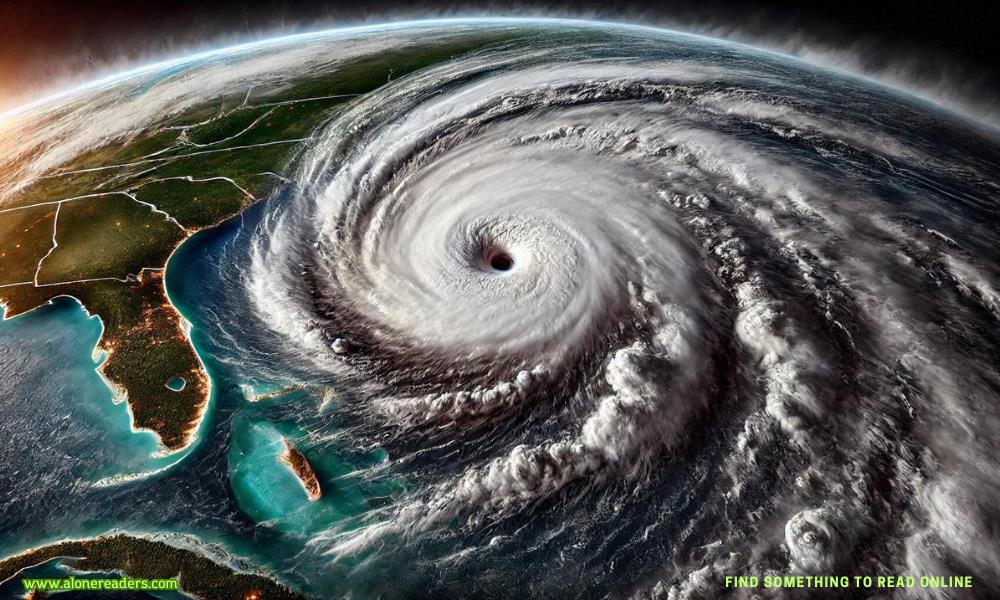
Hurricane Beryl has made headlines worldwide, not only for its early classification as a Category 5 storm but also for its unprecedented intensity and the widespread devastation it has caused. As the earliest Category 5 hurricane on record, Beryl has set new benchmarks for meteorological phenomena and has left a trail of destruction in its wake. This article delves into the details of Hurricane Beryl’s formation, its path, the scale of its impact, and the implications for future hurricane forecasting and preparedness.
Hurricane Beryl formed unusually early in the hurricane season, catching many meteorologists by surprise. Developing from a tropical depression off the coast of Africa, Beryl rapidly intensified due to a combination of warm sea surface temperatures and low wind shear. Within days, it escalated to a Category 5 hurricane, making it the earliest storm of such magnitude ever recorded in the Atlantic basin.
Meteorologists were astonished by Beryl’s rapid intensification. Typically, hurricanes require several days to build up to a Category 5 status, but Beryl defied these norms. The storm's development was fueled by sea surface temperatures that were significantly warmer than average, providing the necessary energy to sustain such a powerful system. Additionally, the atmospheric conditions were exceptionally conducive, with minimal wind shear allowing the storm to maintain its structure and strength.
As Hurricane Beryl barreled across the Atlantic, it maintained its formidable strength, making landfall in several Caribbean islands before moving towards the southeastern United States. The storm’s path brought catastrophic winds, torrential rains, and massive storm surges, leading to extensive damage in its wake.
The Caribbean islands were among the first to feel the wrath of Hurricane Beryl. Islands such as Puerto Rico, Dominica, and the Virgin Islands experienced unprecedented destruction. The hurricane's winds, which reached speeds of up to 175 mph, uprooted trees, destroyed homes, and knocked out power grids. The torrential rains led to severe flooding and landslides, compounding the misery for the residents.
In Puerto Rico, which was still recovering from the devastation of Hurricane Maria, Beryl’s impact was particularly harsh. The island faced widespread power outages, and the already fragile infrastructure suffered further damage. Relief efforts were quickly mobilized, but the scale of destruction posed significant challenges.
After wreaking havoc in the Caribbean, Hurricane Beryl set its sights on the southeastern United States. Coastal areas of Florida, Georgia, and the Carolinas were put on high alert. As the storm made landfall in Florida, it brought with it devastating winds and heavy rainfall. The storm surge inundated coastal communities, leading to widespread flooding and property damage.
Emergency services were stretched thin as they responded to the disaster. Evacuations were ordered in vulnerable areas, and shelters were set up to accommodate those displaced by the storm. The federal government declared a state of emergency, enabling the allocation of resources and funds for disaster relief and recovery.
Hurricane Beryl’s intensity was not only record-breaking in terms of its early classification but also in the sheer power it exhibited. Meteorologists noted that Beryl’s central pressure dropped to an unprecedented low, indicating the immense strength of the storm. The hurricane sustained its Category 5 status for an unusually long duration, further exacerbating the damage it caused.
The economic impact of Hurricane Beryl is expected to be staggering. Preliminary estimates suggest that the damage could run into the billions of dollars, considering the extensive destruction of property, infrastructure, and agricultural land. Insurance companies are bracing for a surge in claims, and governments at both local and national levels are assessing the financial toll of the disaster.
Environmentally, the hurricane caused significant disruption to ecosystems. Coastal erosion, loss of habitats, and contamination of freshwater sources are some of the immediate effects. The long-term impact on marine and terrestrial wildlife is still being assessed, but conservationists are concerned about the potential for lasting ecological damage.
Hurricane Beryl’s unprecedented intensity and early formation have highlighted the need for improved hurricane forecasting and preparedness. Climate scientists are increasingly warning that warmer sea surface temperatures and changing atmospheric conditions, likely driven by climate change, are contributing to more powerful and unpredictable hurricanes.
In response to Beryl’s impact, meteorological agencies are advocating for the development and implementation of more advanced forecasting models. These models would take into account the latest climate data and provide more accurate predictions of storm paths and intensities. Improved satellite technology and data collection methods are also being prioritized to enhance real-time monitoring of developing storms.
The devastation caused by Hurricane Beryl underscores the importance of community preparedness. Local governments and emergency services are emphasizing the need for comprehensive disaster preparedness plans. This includes regular drills, effective communication strategies, and ensuring that communities have access to necessary resources and information.
Conclusion
Hurricane Beryl has set new records and posed significant challenges for meteorologists, emergency responders, and affected communities. As the earliest Category 5 hurricane ever recorded, its unprecedented intensity serves as a stark reminder of the evolving nature of these natural disasters. The lessons learned from Beryl’s impact will undoubtedly shape future hurricane forecasting, preparedness, and response strategies, ensuring that communities are better equipped to face such formidable storms in the future.